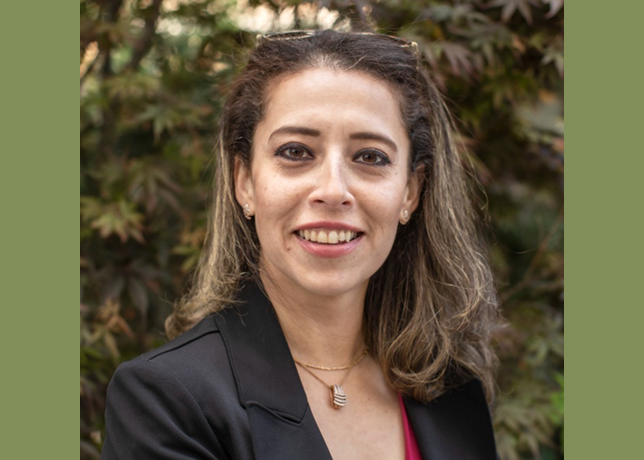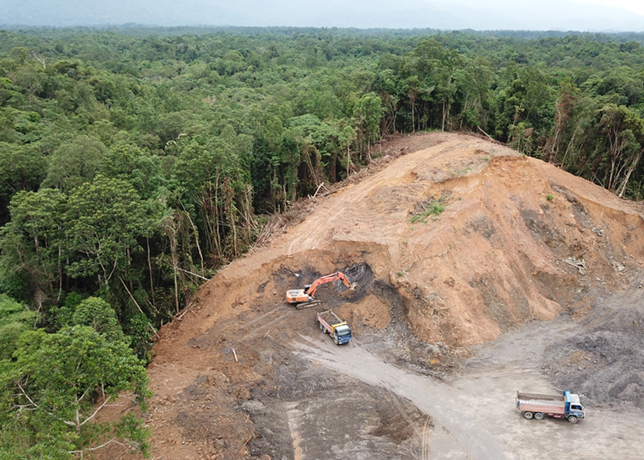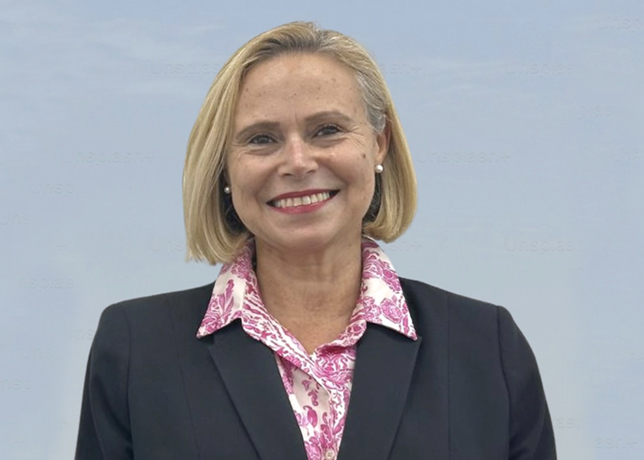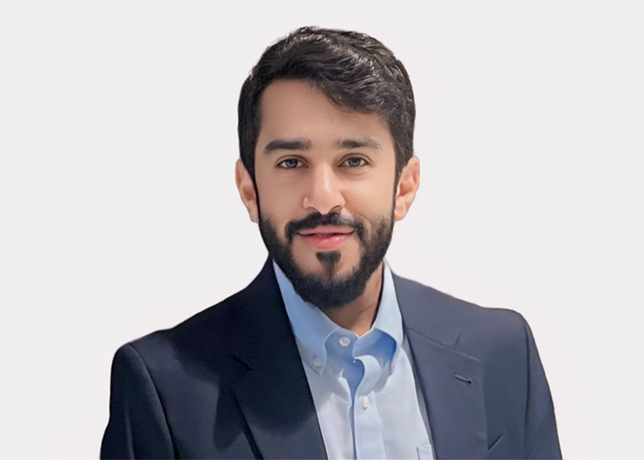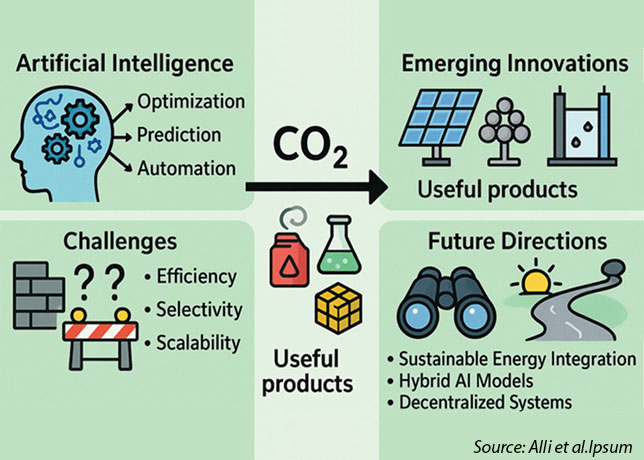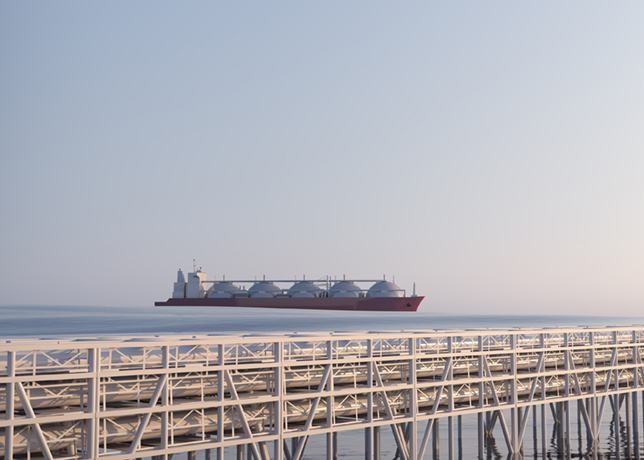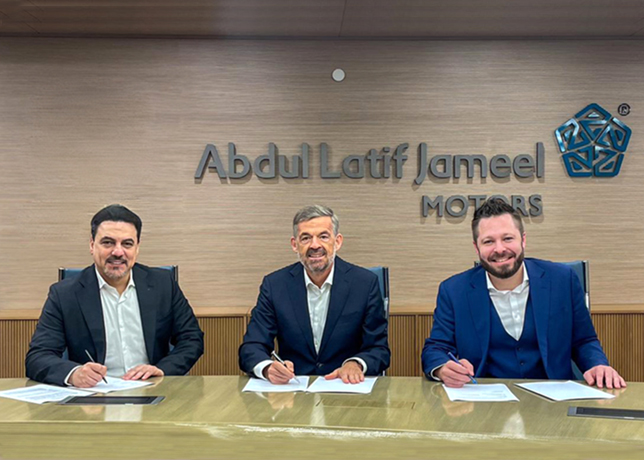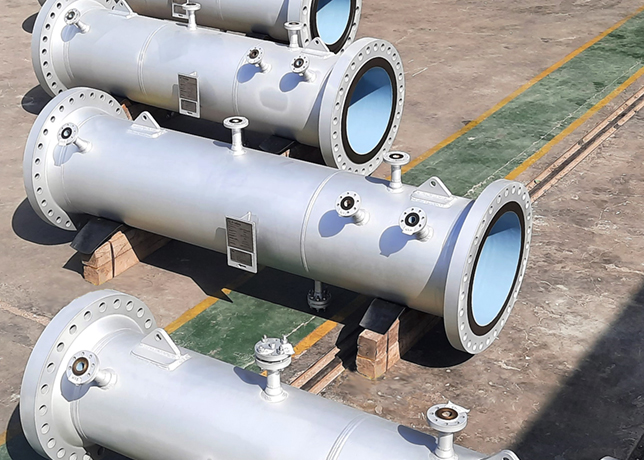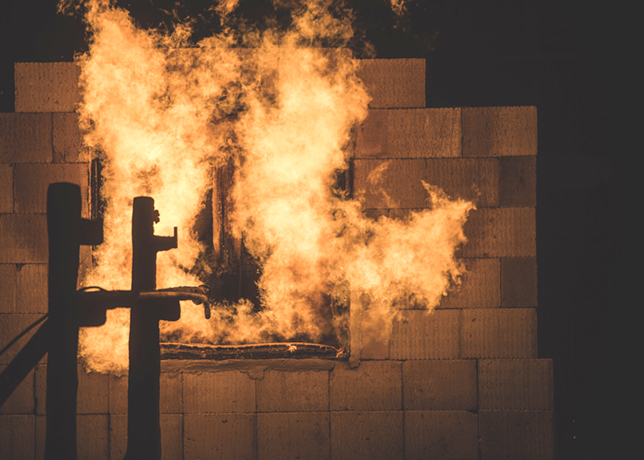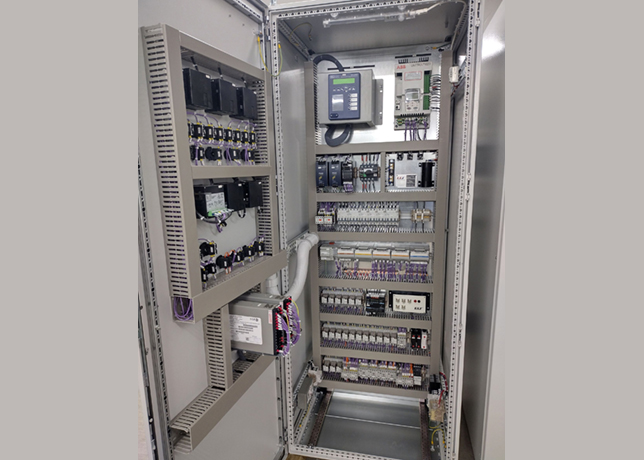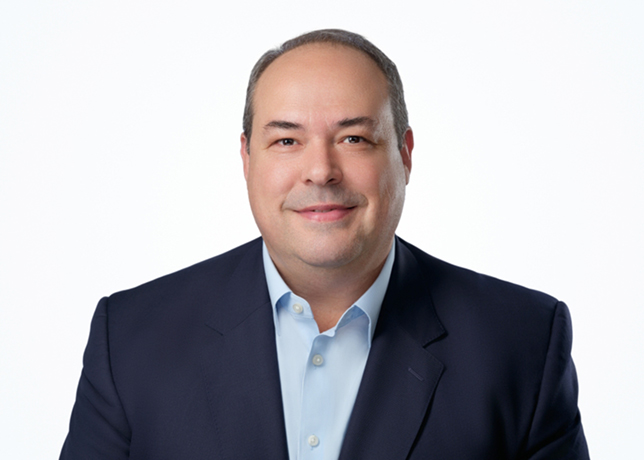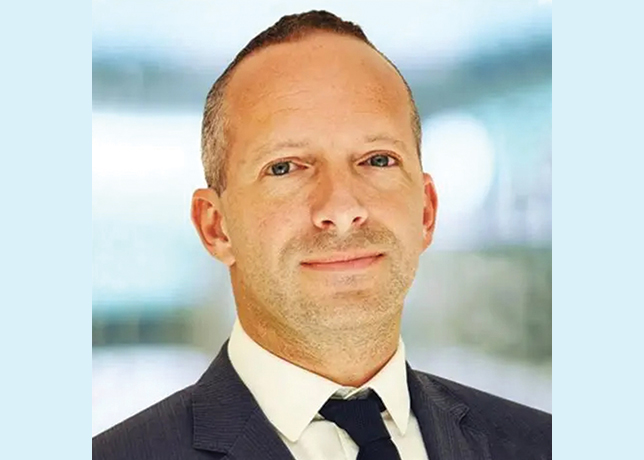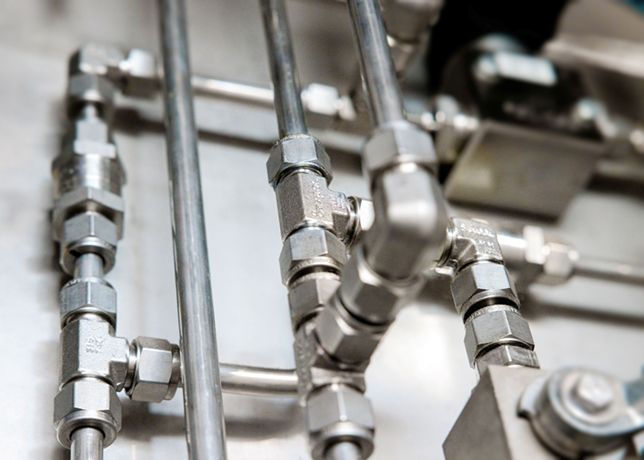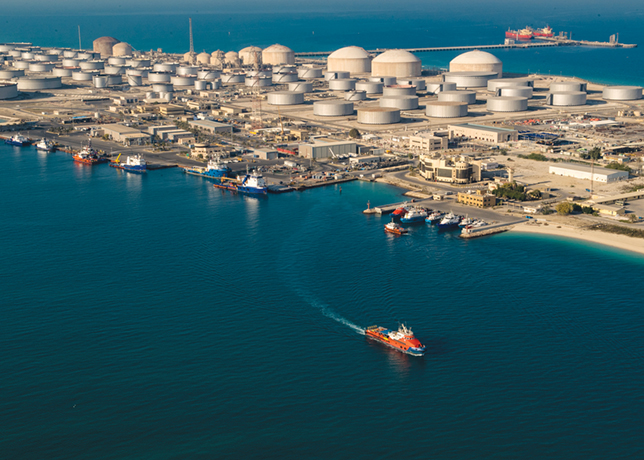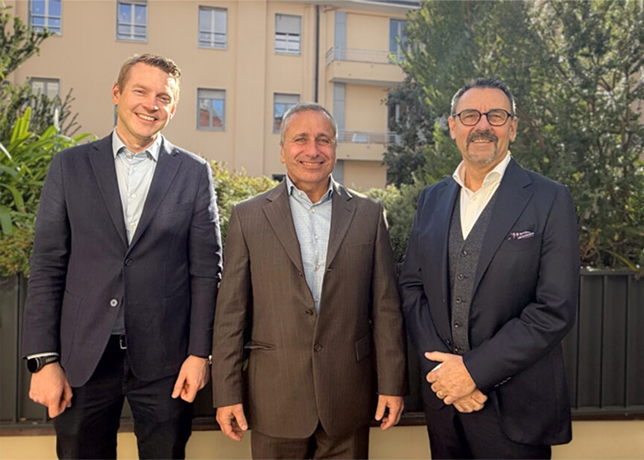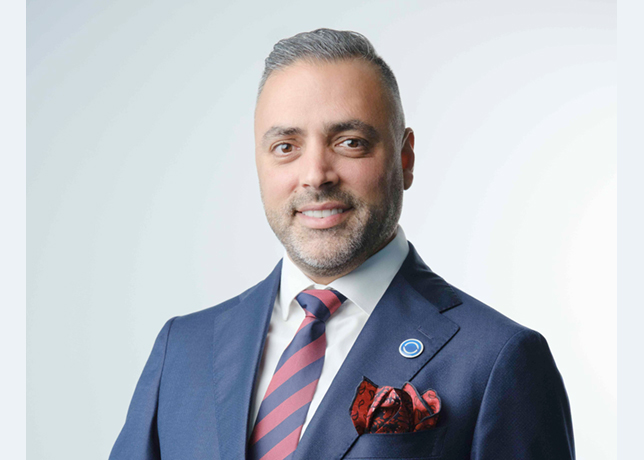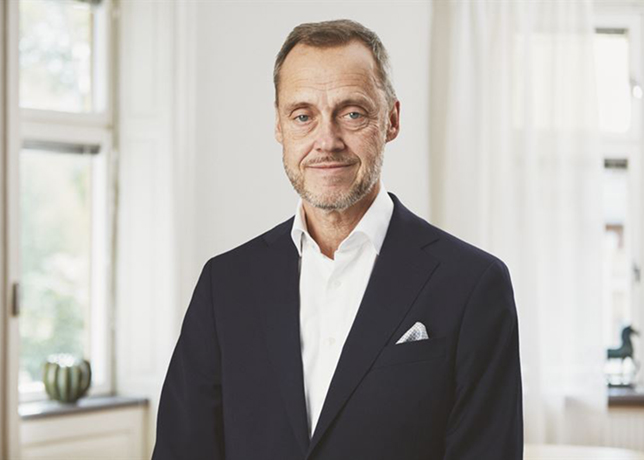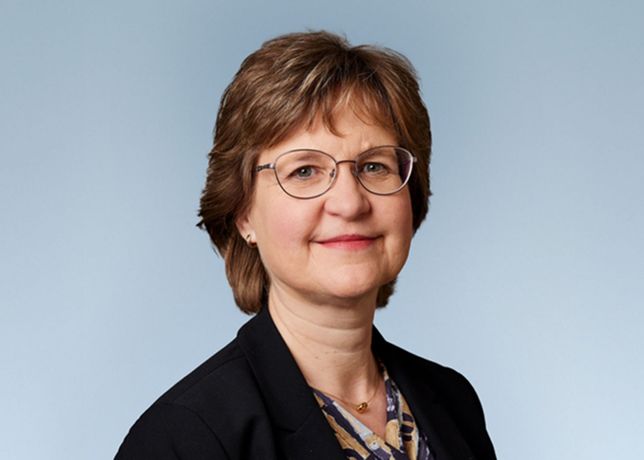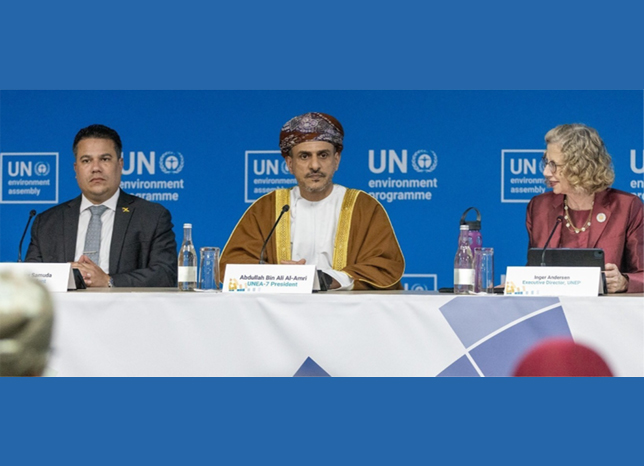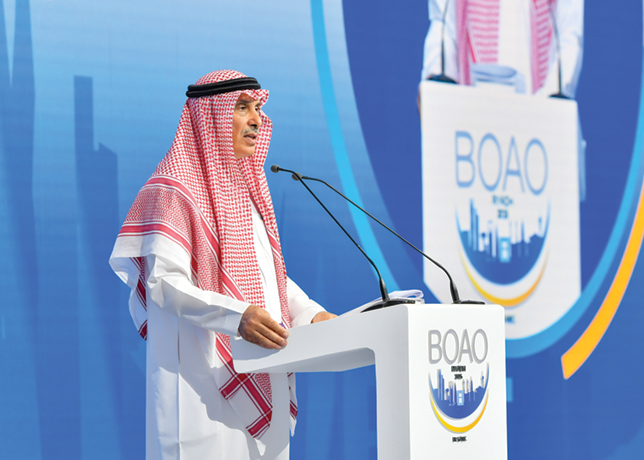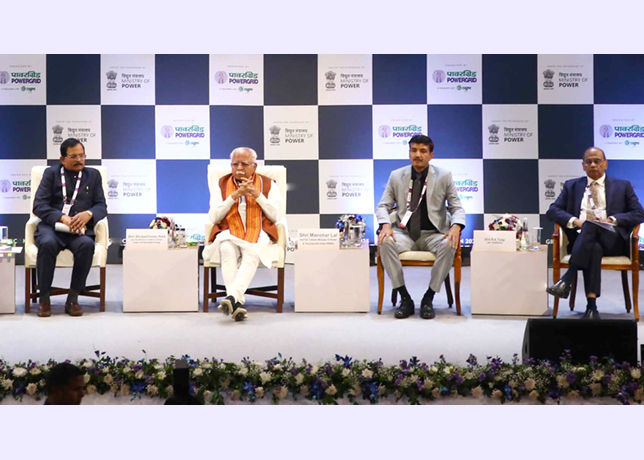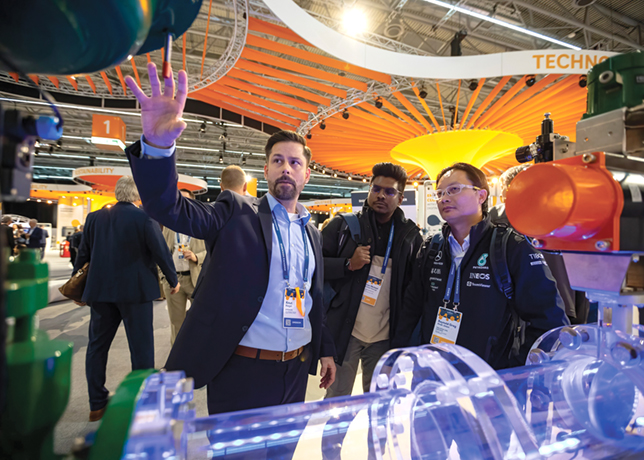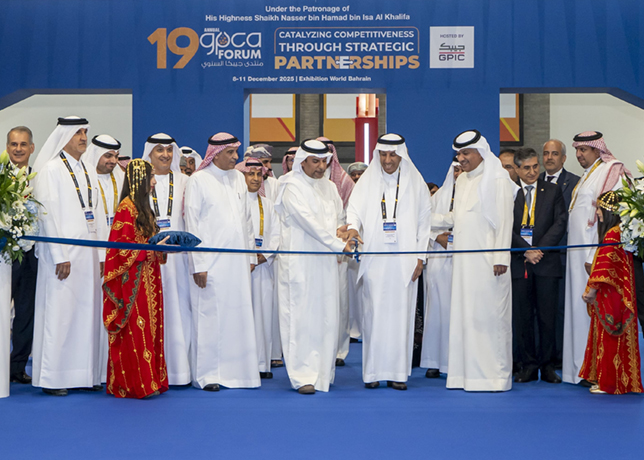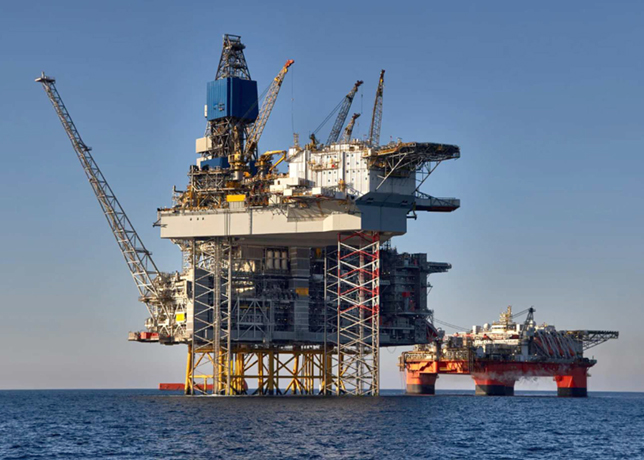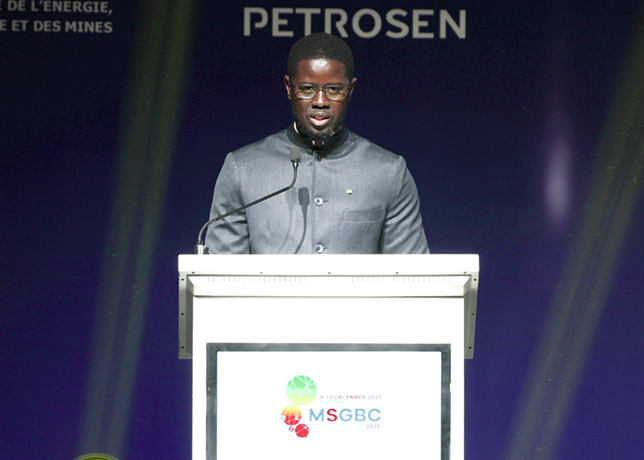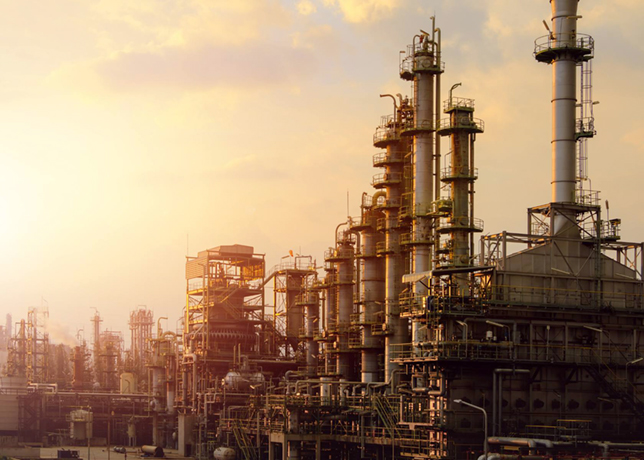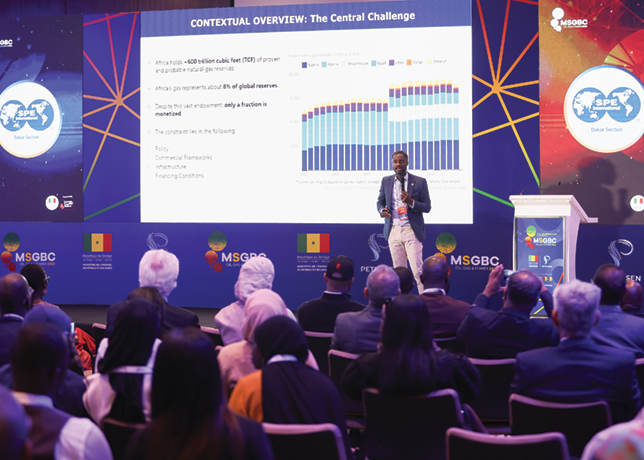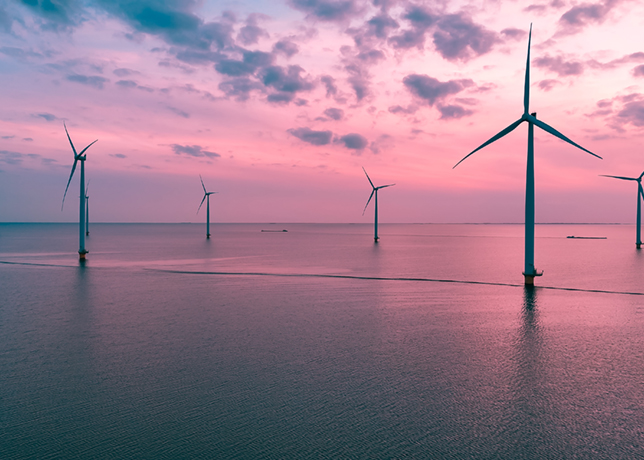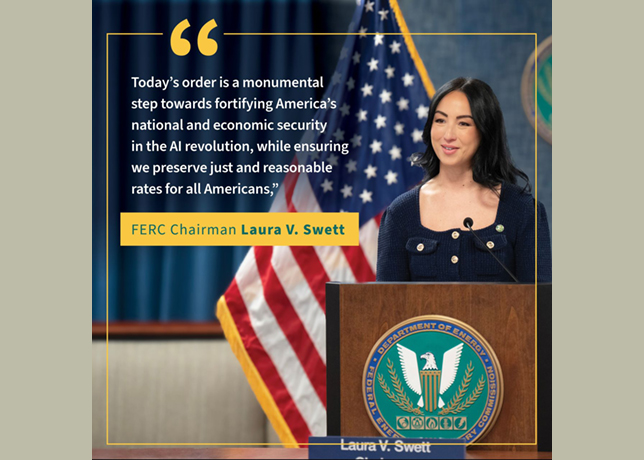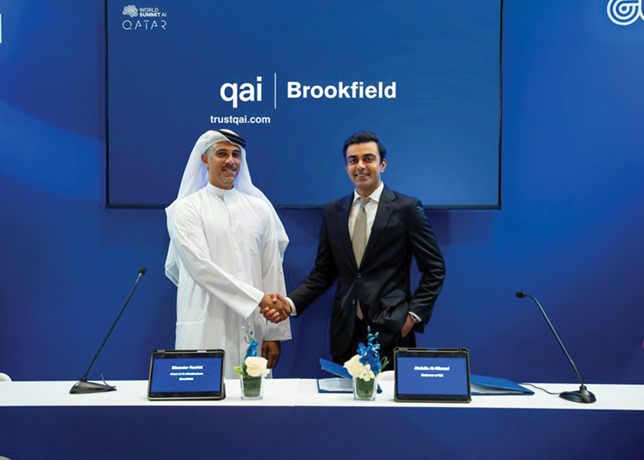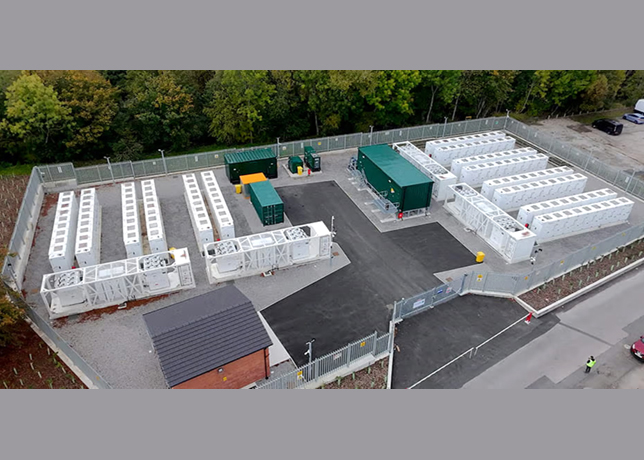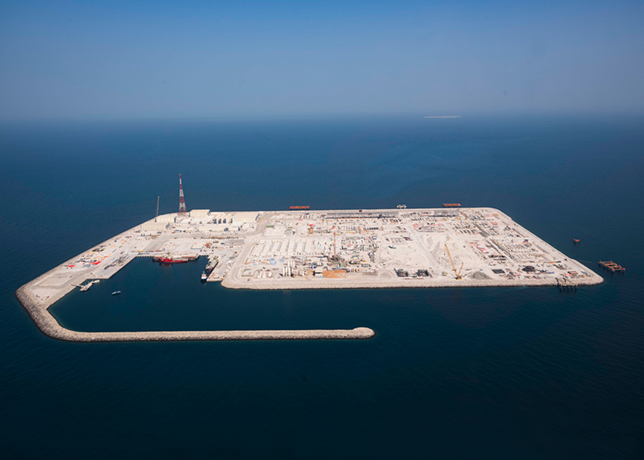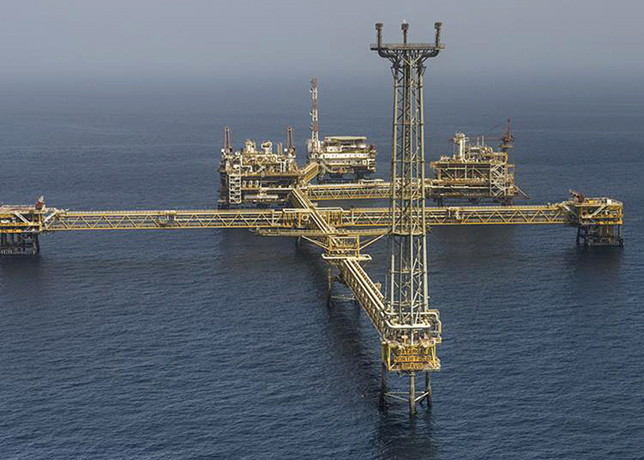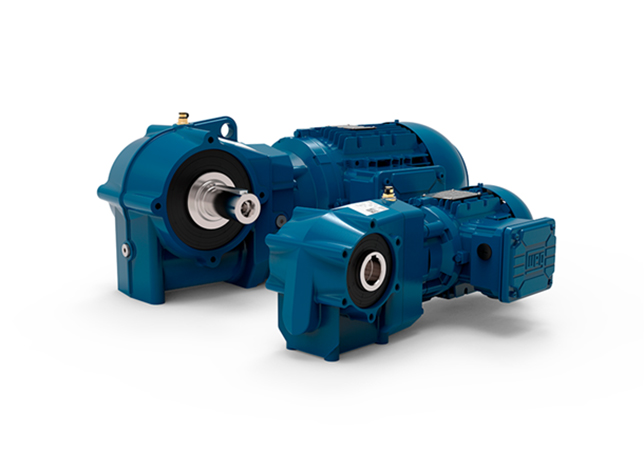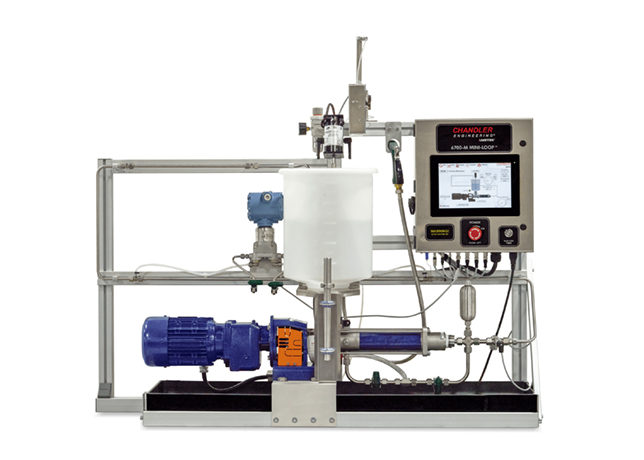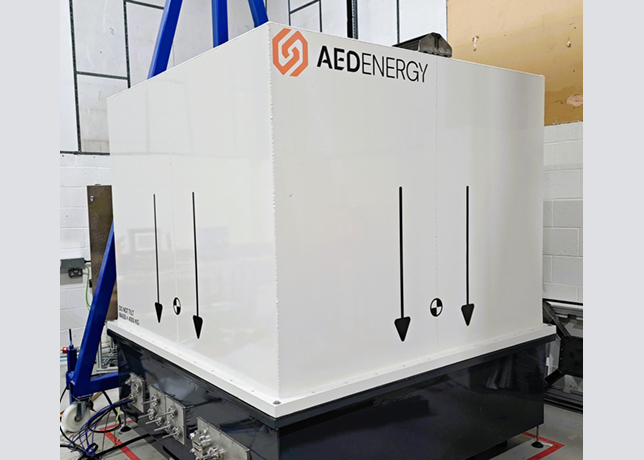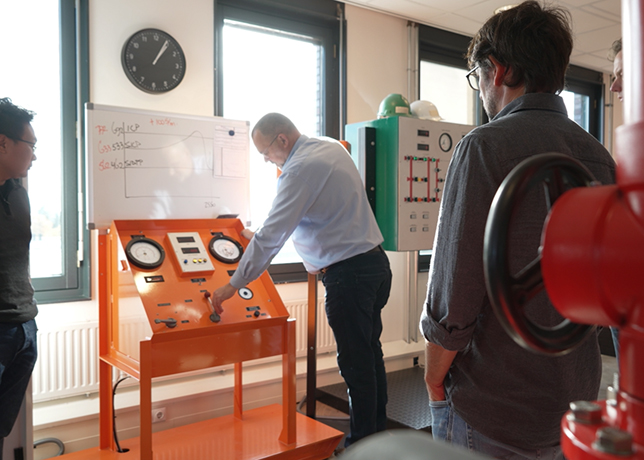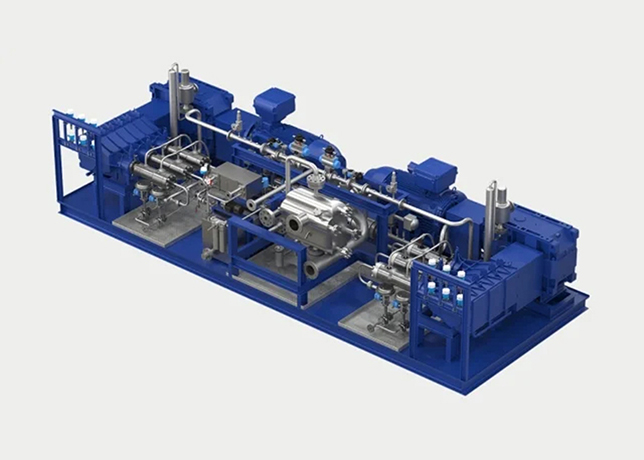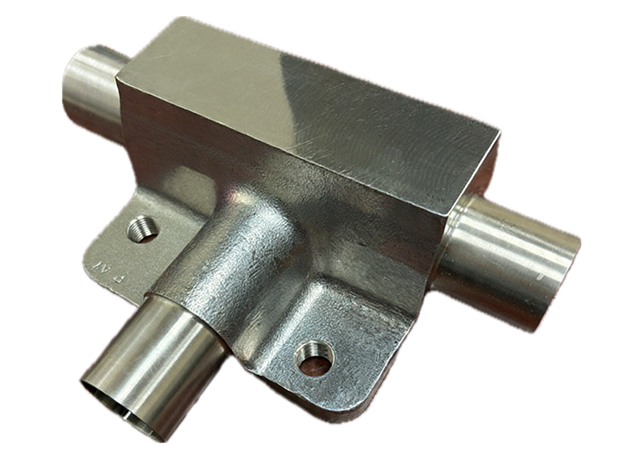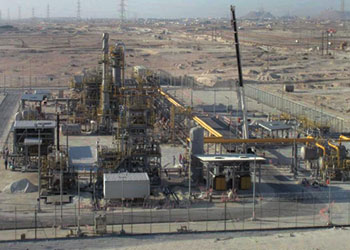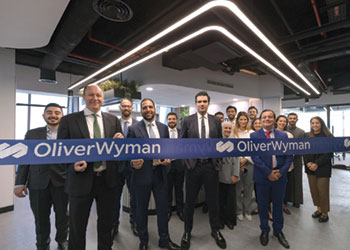
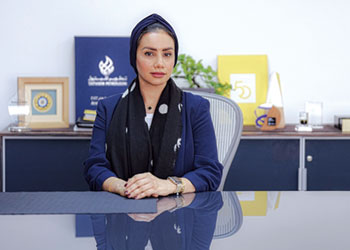 Al-Radhi ... leading SLB's sustainability measures
Al-Radhi ... leading SLB's sustainability measures
The company’s tailored solutions tackle methane and flaring challenges head-on with the tools and services needed to measure and report emissions, reduce methane, and achieve zero routine flaring, Somaya Al-Radhi, SLB Bahrain Managing Director, tells OGN
Bahrain has focused on oil and gas production for the better part of the past century; however, in more recent years it has witnessed a shift of focus towards sustainability initiatives.
Under the guidance of the Kingdom’s leadership, His Highness the Crown Prince and Prime Minister Sheikh Salman Bin Hamad Al-Khalifa unveiled Bahrain’s National Energy Strategy in line with the United Nations' Sustainable Development Goals (SDGs), adopting objectives that address climate change, promote clean energy, and ensure sustainable economic development.
'Taking such positive steps towards a more sustainable future puts the Kingdom at the forefront on a regional level,' Somaya Al-Radhi, SLB Bahrain Managing Director, tells OGN energy magazine.
Similarly, it is integral to address emissions due to their significant impact on climate change. Some strategies that Bahrain has adopted to repurpose byproducts of oil and gas production and refining include the introduction of the Bapco Gas Expansion company, which focuses on the processing, storage and distribution of byproducts such as propane, butane and naphtha.
Nevertheless, further steps can be taken to focus on managing and repurposing methane and CO2 emissions brought about by oil and gas extraction and production.
The industry has been increasingly focused on addressing methane and CO2 emissions due to their environmental impact. As a result, technologies and practices have been formulated to reduce and repurpose such emissions.
SLB SYSTEMS & SOLUTIONS ADDRESSING METHANE EMISSIONS
 |
An illustration of the SEES process |
After Schlumberger introduced its new identity in 2022, SLB, it has focused on energy innovation and decarbonisation to address the world's energy needs and to navigate the energy transition, affirming its transformation to a global technology company focused on driving energy innovation for a balanced planet.
'The company has spent years laying the groundwork for its increasing focus on low- and zero-carbon energy technology solutions while continuing to drive innovation, decarbonisation and performance for the oil and gas industry,' says Al-Radhi.
Managing methane emissions and routine flaring has quickly become a major focus for every oil and gas company worldwide.
To address this, the SLB End-to-end Emissions Solutions (SEES) introduce tailored programmes that tackle methane and flaring challenges head-on with the tools and services needed to measure and report emissions, reduce methane, and achieve zero routine flaring.
The accurate measurement and reporting of methane emission levels are integral components of the SEES programme.
Over 100 companies have voluntarily committed to the United Nations Environment Program’s Oil and Gas Methane Partnership 2.0 (OGMP) programme, in pursuit of their highest international standard of reporting methane emissions, the OGMP Gold Standard.
Companies that achieve this are considered world leaders in accuracy, granularity, and breadth of methane reporting.
The SEES assists partners to achieve the OGMP Gold Standard, by meeting the involved requirements.
CCUS, A VIABLE SOLUTION
 |
SEES Lidar camera readings |
Al-Radhi says the global interest in carbon capture, utilisation and storage (CCUS) has been increasing as a means to mitigate carbon dioxide (CO2) emissions and combat climate change.
CCUS involves capturing CO2 emissions produced from the use of fossil fuels in various industrial processes, transporting the captured CO2 to a storage location, and either utilising or permanently storing it to prevent its release into the atmosphere.
'CCUS is essential to reach net-zero greenhouse gas emissions, and it is one of the few decarbonisation mechanisms that is technically viable today. But the challenge lies in feasibility,' says Al-Radhi.
'Often, high costs, operational risks, and complexities navigating the value chain stall CCUS project development,' she adds.
'Thus, it is important to assess, develop, and operate across the entire CCUS value chain. This includes project economics, technology selection, flexible business models, carbon capture, sequestration, monitoring, etc.'
Furthermore, the continuous development, adaptation, and application of innovative CCUS technologies is essential, along with deploying digital tools to improve operations.
This may include using automation, artificial intelligence, and comprehensive data management to create new levels of efficiency and performance.
ROI & EMISSIONS
Sustainability initiatives are often associated with high costs and a low return on investment in the short-term, which is the main demotivator for countries and companies alike when it comes to their implementation.
 |
The methane lidar camera alongside the methane |
However, several methods can be adopted to monetise methane and CO2 emissions, through the SEES and CCUS, respectively.
The SEES introduces gas-to-value consulting services to help companies find the potential marketable products and the various technologies that enable their transformation from gas that would otherwise be flared or vented.
Using techno-economic analysis, every technology that is applicable is rigorously evaluated to the site where it would be deployed.
The results are then used to determine the optimal method to monetise the gas.
A model is generated to help identify and apply the gas-to-value conversion technologies for each unique gas source, projecting the revenue generated and emissions reduction achieved.
This unique approach can also assess the possibility of transforming gas into energy, fuel, and other resources that can be used in the field.
When it comes to CCUS, there are several approaches that can be adopted to monetise CO2.
One of the proven approaches is using CO2 for enhanced oil recovery (EOR).
EOR involves injecting captured CO2 into oil/gas fields to stimulate production, which is an excellent solution when dealing with mature fields.
Historically, EOR implementation was mostly an afterthought, considered only when primary and secondary production means were exhausted.
The fact is, EOR is more effective when initiated at the early planning stages and by monitoring events as they unfold in order to control and optimise the outcome.
SLB’s approach to EOR provides an efficient 'concept-to-field-trial' roadmap to boost production far faster compared with traditional workflows.
BAHRAIN’S EMISSIONS REDUCTION EFFORTS
Bahrain is working on various initiatives with several international consultancies and companies, including SLB, towards the goal of reducing 30 per cent of carbon emissions by 2035, and it is witnessing positive steps towards a more sustainable future.
Al-Radhi says in-depth studies need to be carried out prior to the implementation of any initiative by investing in research and development to formulate strategies that are more efficient and cost-effective.
'It is crucial for countries to invest in pilots to identify the potential of these projects and their feasibility,' she says.
Hopes of investments by external companies or other countries are unrealistic, as these are relatively new approaches that need to be funded by the country itself as it is the one gaining the resulting environmental and economic benefits.
'Nonetheless, we must bear in mind that the world’s dependance on fossil fuels will uphold for the foreseeable future. However, we can work on ways to reduce the harmful environmental impact of oil and gas extraction and production,' concludes Al-Radhi.
By Abdulaziz Khattak





